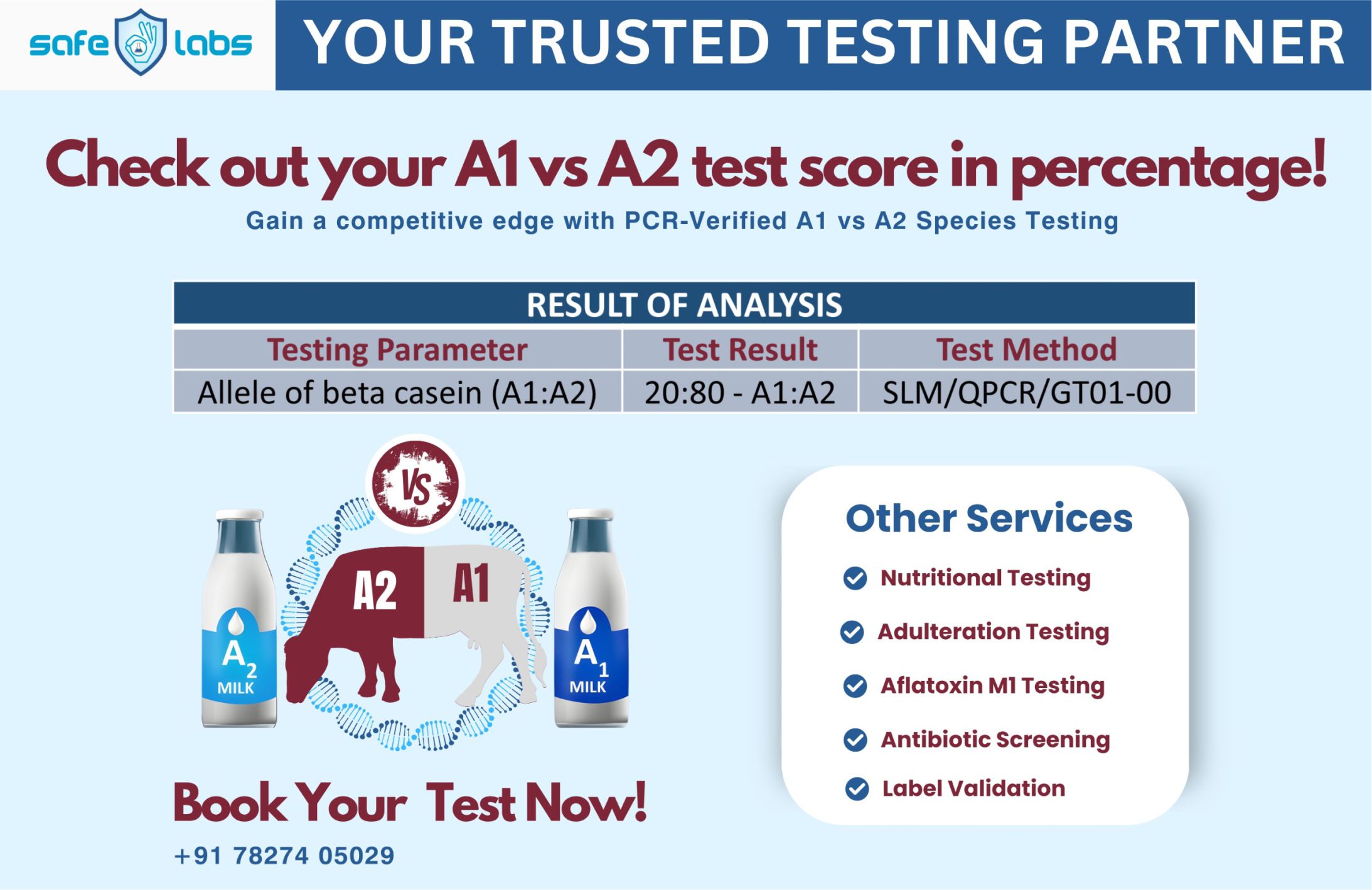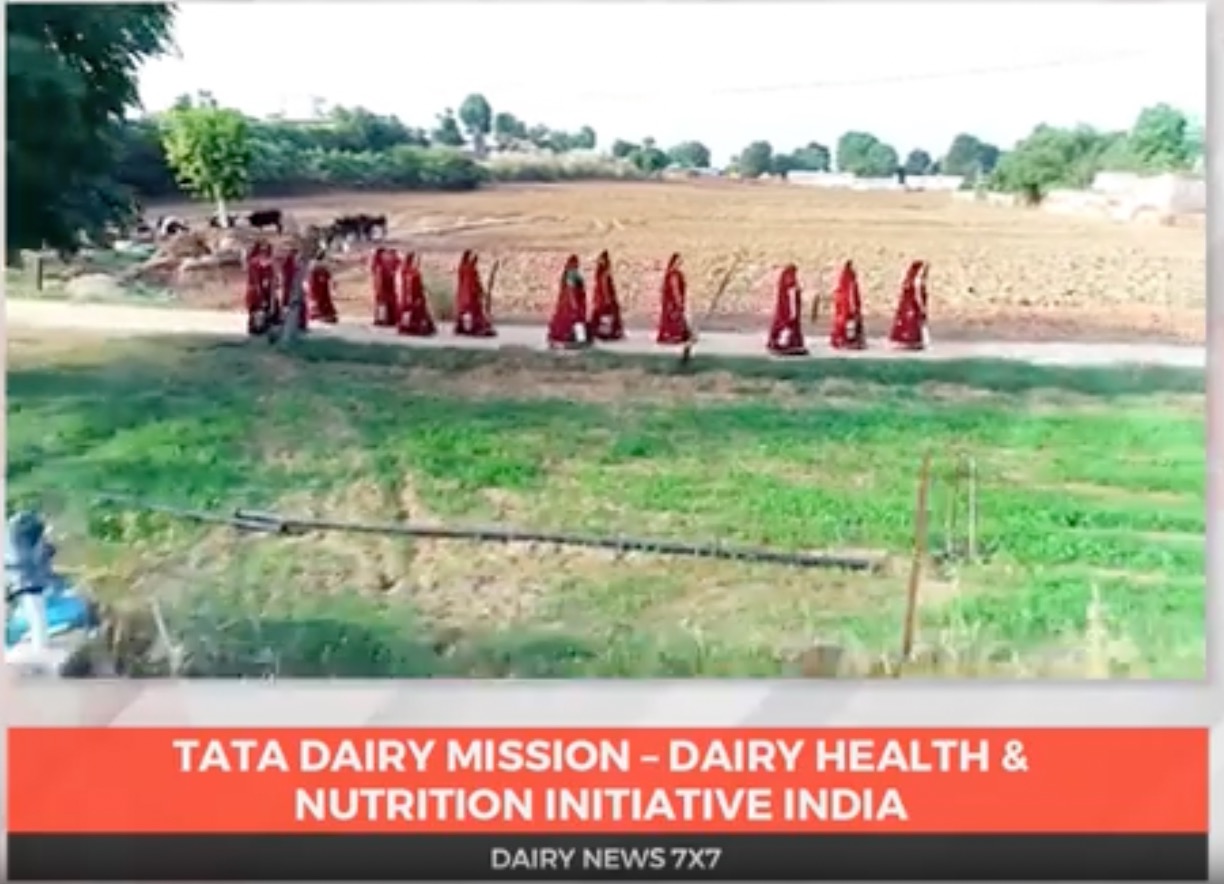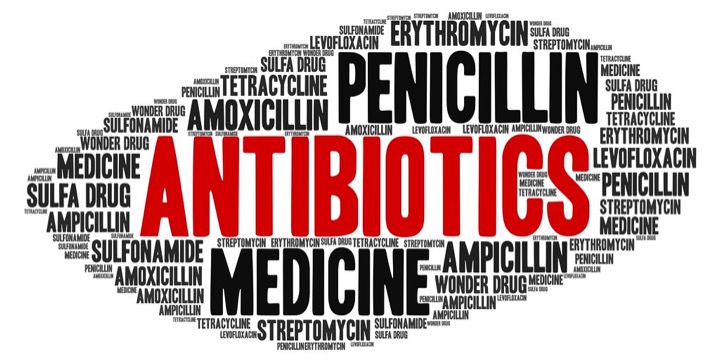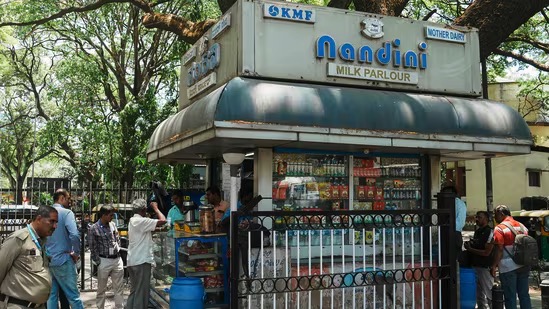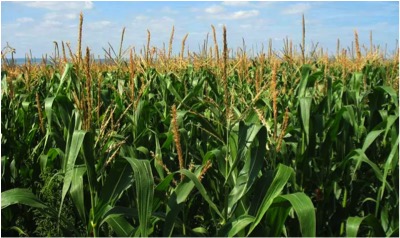Ensuring Food Safety at Religious Institutions: Tackling Ghee and Food Adulteration and Regulatory Compliance
When it comes to food safety, trust but verify—this principle stands at the core of combating food adulteration and enhancing regulatory oversight, especially in the case of sacred offerings like ghee used in religious institutions. Let me take cognisance of the statement made by Supreme court on Monday regarding the quality of ghee being used in making the Tirupati Laddoo .. The excerpts as taken from a news from NDTV may be shown as follows :
Religion and politics cannot be allowed to mix, the Supreme Court said Monday while hearing three petitions over allegations that animal fat was found in the ghee used to make the laddoos, or devotional offerings, ‘fed’ to the deity and given to devotees at Andhra Pradesh’s Tirupati temple.
In a series of pointed questions and sharp observations, the top court underlined the lack of definitive proof of contamination of ghee or, if it was indeed contaminated, that the affected ghee was used to make the laddoos. The court also pointed to an ongoing inquiry and a “false positive” testing caveat.
Let me deep dive into the compliance part for maintaining highest level of integrity of food products. Let us begin by going back in history to watch the chronological evidence of ghee adulteration.
Ghee adulteration: An old issue in India
In a recent blog by Mr. Vikram Doctor in The Times of India, he highlighted historical evidence of ghee adulteration cases from the pre-independence era. One notable case, published in the Civil & Military Gazette (Lahore) on Tuesday, 9th November 1886, involved a sample of ghee that exhibited excessive rancidity and was deemed unfit for human consumption. The accused provided an unusual defense, claiming the ghee was intended for use in Diyas for pooja. Interestingly, a similar practice continues today, with “Pooja Ghee” often mixed with vegetable fat. The individual eventually lost the case and was fined ₹50, a sum that, accounting for 4% inflation, would be approximately ₹11,500 today. Remarkably, the court in 1886 also noted that such cases had been prevalent for 26 years, suggesting that ghee adulteration was first reported around 1860.
Around five years back, FSSAI conducted a comprehensive surveillance of milk products to ensure their quality and safety in and around Delhi. This pilot-scale operation, carried out between 15th October and 7th November 2019, coincided with the festival season, a period notorious for food adulteration. For the first time, the surveillance extended its focus to microbiological parameters, including process hygiene and pathogen detection.
A total of 1,041 samples, comprising khoya, paneer, ghee, and milk-based sweets such as khoya burfi, chenna, and chenna rasgulla, were tested at the National Food Laboratory in Ghaziabad. The findings revealed widespread microbiological contamination and substitution of milk fat with vegetable or hydrogenated fat. In particular, the testing of ghee samples showed significant adulteration, especially in loose ghee, where vegetable fat was frequently used as a substitute.
This effort was part of a broader, nationwide crackdown by the regulator, targeting establishments involved in producing and selling spurious food products. These raids and surveillance activities underscore the regulator’s commitment to curbing adulteration and ensuring the safety of food products for consumers.
Food safety at religious places – BHOG (Blissful Hygienic Offering to God)
Every year, FSSAI releases the State Food Safety Index (SFSI) to foster a competitive environment among States/UTs, aiming to meet the objectives of the Food Safety and Standards Act in ensuring safe food for the public. The first index was released on 7th June 2019. Since then the assessment was carried out on following 5-6 parameters with weightage given to each element. Over a period of time this weightage has shown some changes as follows :
| Parameters | Weightage | |
| 2020-21 | 2023-24 | |
| Human resource and institutional data | 20% | 9% |
| Compliance | 30% | 28% |
| Food-testing-infrastructure and survielance | 20% | 36% |
| Training and capacity Building | 10% | 8% |
| Consumer empowerment | 20% | 9% |
| Improvement in rank of states/Uts | 10% | |
| Total | 100% | 100% |
Amongst the key parameters, weightage for Consumer empowerment got reduced from 20% to 9%. This section is very critical from developing a safe food eco system in the country. This parameter measures the performance of States/ UTs in various consumer empowering initiatives of FSSAI like participation in Food Fortification, Eat Right Campus, BHOG (Blissful Hygienic Offering to God), Hygiene Rating of Restaurants, Clean Street Food Hubs, etc. State initiated activities for creating consumer awareness are also considered.
Let me bring your attention to BHOG (Blissful Hygienic Offering to God). BHOG was introduced by Sh Pawan Agarwal CEO FSSAI. Bhog initiative aimed to improve hygiene and sanitation standards of places of worship. This initiative certifies places of worship based on pre-defined benchmarks as per Schedule 4 requirements of the Food Safety and Standards (FSS) Act, 2006.
BHOG is deeply personal to me. Inspired by the unwavering support of Pawan Agarwal Ji and the blessings of the Almighty, I had the privilege of coining this term. It holds a special place in my heart.
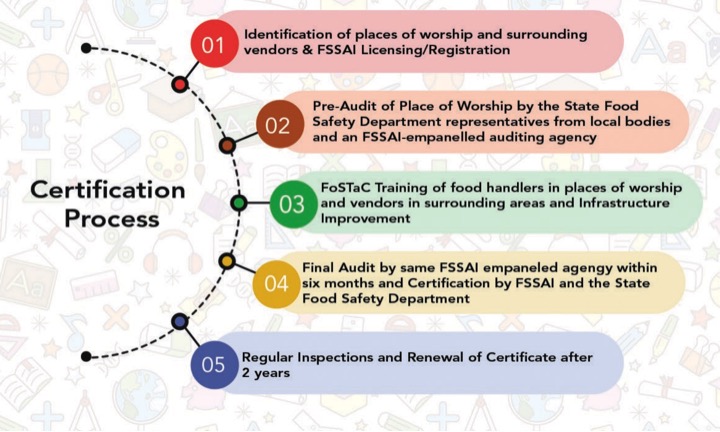
While the increased emphasis on food testing infrastructure and surveillance at the state level appears commendable, if it comes at the expense of consumer empowerment, this approach demands reconsideration. The recent incident at Tirupati is a glaring example, where the fundamental step of evaluating and approving suppliers on their Food Safety Management Systems (FSMS) was overlooked before allowing them to participate in the tender process. Such oversights undermine the core objective of ensuring public safety and trust.
Role of compliance and need for better testing methods and testing facilities
By 2018, it became evident that the existing testing standards for ghee were inadequate in detecting the addition of plant fat in milk and milk products. Vegetable oils had become a common adulterant due to their commercial advantages. Recognizing this, the regulator tasked the scientific committee on dairy products to develop more robust methodologies for assessing the purity of ghee. As a result, a new testing paradigm was established, incorporating the fatty acid profile unique to animal fats in milk and a marker, Beta Sitosterol, for detecting plant-based oils. These, along with other enhancements, were added to the existing standards.
In 2019, the IS 17678 method, endorsed by the International Dairy Federation (IDF), gained traction in research circles for verifying milk fat purity by analyzing triglycerides associated with fatty acid chains. While this method had limitations, continuous efforts by Indian experts led to the development of a five-equation model that helped identify potential adulterants in ghee. However, it is necessary to use this method in conjunction with the fatty acid profile and the plant oil marker for comprehensive analysis.
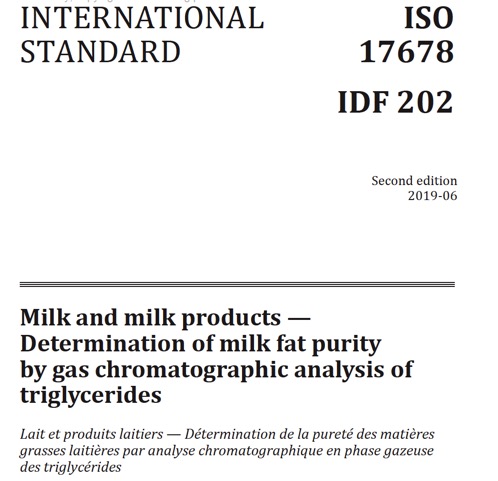
This approach mainly indicates potential adulterants, and further investigation is required to confirm the presence of non-plant fats such as lard, fish oil, or beef tallow. Identifying these adulterants demands advanced testing facilities and a specialised team to establish precise identification norms. Without thorough validation, it would be neither wise nor scientifically sound to claim the presence of such non-plant fats in ghee. FSSAI need to work closely with BIS to standardize the IS 17678 2019 method and approving it for testing adulteration in ghee.
Let us look below at some of the global initiatives in curbing Food frauds incidents.
Horizon Scan controlling food contaminants and Food Frauds through a database in global food trade
At International levels there are many database that defines the contaminants in food and food products. FERA Science UK has Horizon Scan as one of these real time database. Horizon Scan provides real-time data on over 500 commodities, 180 countries, and 22,000 suppliers, covering hazards like food fraud, allergens, microbial contaminants, pesticide residues, mycotoxins, and heavy metals. This collaborative platform offers UK supermarkets, foodservice operators, and manufacturers insights into their supply chains, helping monitor risks and hazards across global food sectors.
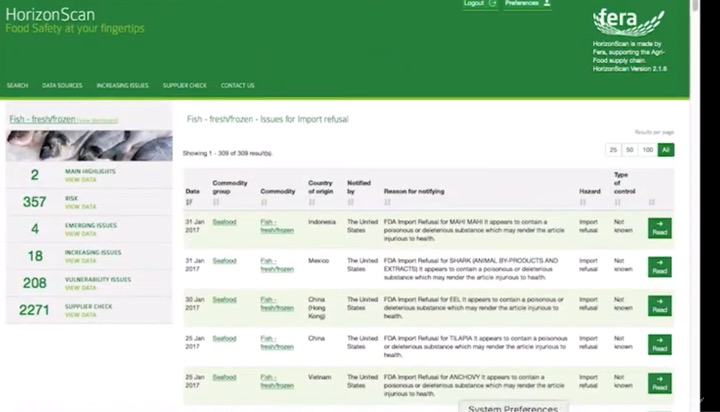
With 24/7 access to real-time and historical data, Horizon Scan allows for long-term trend analysis and helps stay ahead of emerging issues. It supports vulnerability assessments for BRC, addressing food fraud through adulteration, substitution, and more. Ideal for supply chain managers, it simplifies investigations and quickly alerts users to critical issues.
Its high time for Indian regulator to create such platform for Indian Food supply chain. This may be done by collating the data of surveillance and failure of samples in enforcement at one platform with food category as well as location with the category of non-compliance. Dairy products are most vulnerable to Food frauds and in last one year there has been surge of around 12.5% in food frauds in dairy as per Horizon scan globally with microbiological hazards leading the list.
EU systems to control such adulteration in food
The EU has one of the highest food safety standards in the world – largely thanks to the solid set of EU legislation in place, to keep food and feed safe. The Rapid Alert System for Food and Feed (RASFF) is an EU-based tool that facilitates swift information exchange between member states, ensuring quick responses to food safety risks. Its legal basis is Article 50 of Regulation (EC) N° 178/2002 also known as the General Food Law.
It allows authorities to track unsafe food and feed products, issue warnings, and take action to prevent contaminated or adulterated items from reaching consumers. RASFF operates by collecting data on potential risks such as chemical, biological, and physical hazards in food supply chains.

For India, where food adulteration is a significant issue, adopting a similar system could enhance food safety regulation. With high levels of contamination in products like milk, ghee, and spices, a rapid alert mechanism would enable swift action, improve surveillance, and help ensure compliance with safety standards. It would also strengthen India’s ability to control adulteration by monitoring supply chains, thereby protecting consumer health and supporting regulatory efforts.
The way forward
To conclude, I offer three key recommendations to policymakers to make India’s food safety system more robust and prevent the emotional sentiments of millions from being hurt without just cause:
- Controlled Communication: All food fraud-related news must be vetted and released exclusively by FSSAI through its own press releases or authorized government platforms like PTI or PIB. This restriction should be strictly enforced for critical products such as milk, infant formula, and food used at religious places.
- Enhanced Testing & Surveillance: The regulator must ensure the development of advanced testing methods for detecting adulterants in milk and ghee, covering every possible contaminant. Additionally, a national database for food frauds should be established. Implementing TACCP (Threat Assessment Critical Control Point) and VACCP (Vulnerability Assessment and Critical Control Points) alongside HACCP will provide a comprehensive risk management framework. Inclusion of IS 17678 (2019), after thorough validation, should be made mandatory as a standard methodology for testing ghee adulteration.
- Innovation & Consumer Empowerment: The regulator should actively invite startups and R&D institutions to develop affordable, rapid testing kits for consumers to detect adulteration in ghee and milk. This initiative could be supported under the Bio E3 policy by the Ministry of Biotechnology. Consumers are not just participants in the food safety ecosystem—they are its very core. Every effort must be made to protect their rights and ensure they have access to safe, authentic products.
Together, these steps will not only strengthen food safety but also uphold the trust and emotions of millions who rely on these essential commodities every day.





